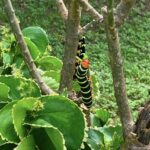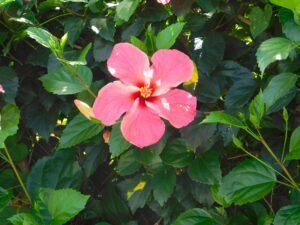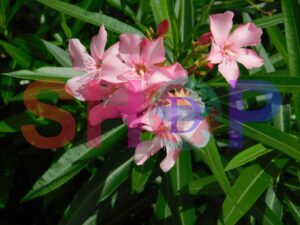Description
Introduction to the Orange Geiger Tree
The Orange Geiger Tree, scientifically known as Cordia sebestena, is a remarkable addition to any landscape. Renowned for its vibrant orange blossoms, this tree is not only visually appealing but also beneficial for various environmental reasons.
Characteristics of Cordia sebestena
The Cordia sebestena, commonly referred to as the Orange Geiger Tree, boasts lush green foliage and clusters of striking orange flowers. These flowers bloom throughout the year, attracting hummingbirds and butterflies, making it a beautiful and functional choice for gardens and public spaces. Typically, the tree reaches a height of 10 to 25 feet, providing ample shade and aesthetic value.
Benefits of Planting Orange Geiger Trees
Planting an Orange Geiger Tree offers numerous benefits. Its dense foliage provides excellent shade, reducing the heat island effect in urban areas. Moreover, it serves as a habitat for various bird species, contributing to local biodiversity. The tree is also relatively low-maintenance, requiring minimal watering and pruning once established.
Optimal Conditions for Growing Cordia
For optimal growth, the Orange Geiger Tree prefers well-drained soil and full sunlight. It is tolerant of drought conditions, making it suitable for arid and semi-arid regions. However, it’s advisable to provide occasional watering during extended dry periods. With proper care, Cordia sebestena can thrive in a variety of environments, from coastal areas to inland gardens.
Conclusion
In summary, the Orange Geiger Tree (Cordia sebestena) is a versatile and attractive addition to any landscape. Its vibrant orange flowers, coupled with its environmental benefits and ease of care, make it a preferred choice for gardeners and landscapers alike. Consider adding this splendid tree to your garden to enjoy its year-round beauty and practical advantages.













 Birthday Present
Birthday Present  Letter Size Grunge Silhouette Border 1
Letter Size Grunge Silhouette Border 1
Reviews
There are no reviews yet.